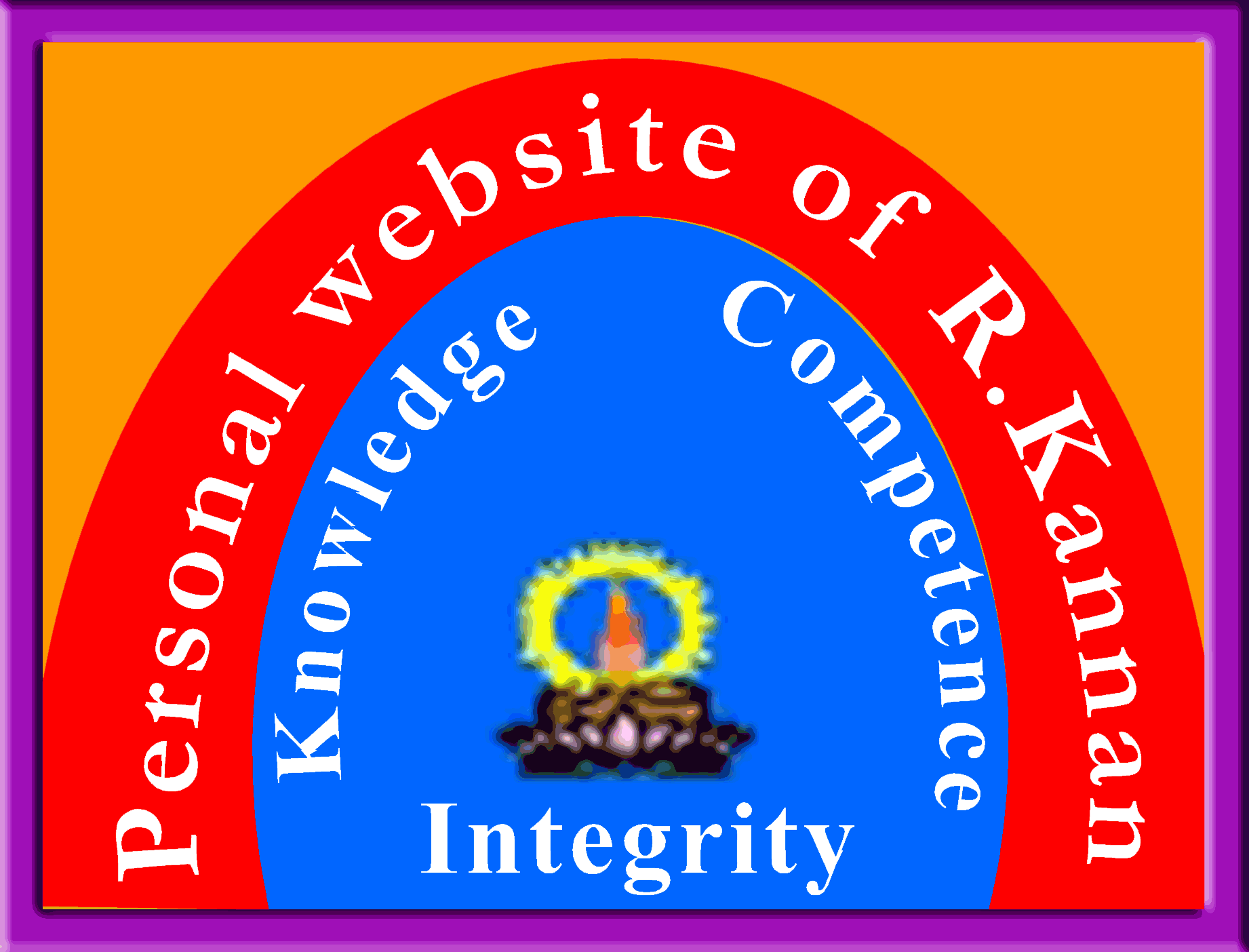Mental models are the second of Senge's five disciplines for the learning organization.(Senge, The Leader's New Work, 1990). A mental model is one's way of looking at the world. It is a framework for the cognitive processes of our mind. In other words, it determines how we think and act. A simple example of a mental model comes from an exercise described in The Fifth Discipline Fieldbook. In this exercise, pairs of conference participants are asked to arm wrestle. They are told that winning in arm wrestling means the act of lowering their partner's arm to the table. Most people struggle against their partner to win. Their mental model is that there can be only one winner in arm wrestling and that this is done by lowering their partner's arm more times than their partner can do the same thing to them.
An alternative model would present a framework where both partners could win. If they stop resisting each other, they can work together flipping their arms back and forth. The end result is that they can both win and they can win many more times than if they were working against each other. (Senge, 1994)
Mental Models.
The following information about "Mental Models" is Reproduced from the informal education encyclopedia/forum.www.infed.org
These are 'deeply ingrained assumptions, generalizations, or even pictures and images that influence how we understand the world and how we take action' (Senge 1990: 8). As such they resemble what Donald A Schön talked about as a professional's 'repertoire'. We are often not that aware of the impact of such assumptions etc. on our behaviour - and, thus, a fundamental part of our task (as Schön would put it) is to develop the ability to reflect-in- and -on-action. Peter Senge is also influenced here by Schön's collaborator on a number of projects, Chris Argyris.
The discipline of mental models starts with turning the mirror inward; learning to unearth our internal pictures of the world, to bring them to the surface and hold them rigorously to scrutiny. It also includes the ability to carry on 'learningful' conversations that balance inquiry and advocacy, where people expose their own thinking effectively and make that thinking open to the influence of others. (Senge 1990: 9)
If organizations are to develop a capacity to work with mental models then it will be necessary for people to learn new skills and develop new orientations, and for their to be institutional changes that foster such change. 'Entrenched mental models… thwart changes that could come from systems thinking' (ibid.: 203). Moving the organization in the right direction entails working to transcend the sorts of internal politics and game playing that dominate traditional organizations. In other words it means fostering openness (Senge 1990: 273-286). It also involves seeking to distribute business responsibly far more widely while retaining coordination and control. Learning organizations are localized organizations (ibid.: 287-301).

